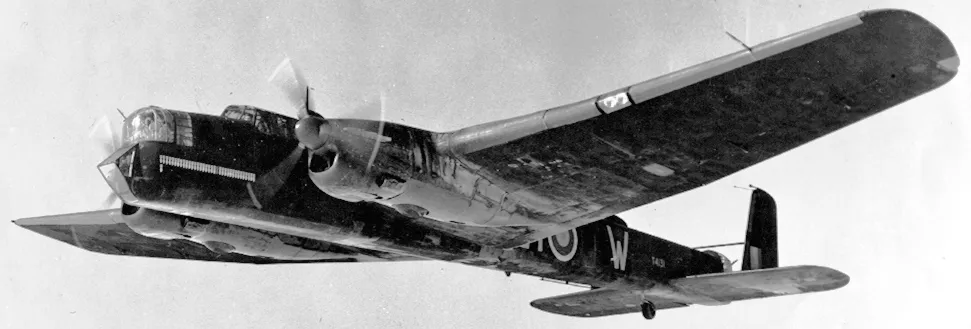Took off from Dishforth at 21:51 in Whitley Mark V (Sqn code: MH-S Bomber Command).
Crew abandoned near Maastricht. Aircraft crashed near Vliermaalroot, Belgium
After landing, he hid in a wood to avoid capture, and remained there for four days. He drank some water in a field, which gave him fever and was later found by a farmer and taken to a farmhouse. On 28 August 1941 he made his way, alone, to Brussels, where he stayed until 6 November 1941, when he left with a guide and two companions. They were escorted across the French Belgian Frontier and then made their way alone and left the Zone Interdite on 6 November 1941. Travelling via Paris and Bayonne, he reached the Spanish Frontier on 10 November 1941. He was repatriated from Gibraltar on 30 December 1941
Those who dared - A Comprehensive List of World War ll Allied Escapers ; Escape to Live by E A Howell addendum 1: Please refer to page 352 and note the following - IVES, FS John Learned (R62735) - Mention in Despatches - No.51 Squadron (AFRO gives unit only as "Overseas") - Award effective 1 January 1943 as per London Gazette of that date and AFRO 232/43 dated 12 February 1943. Enlisted in Sherbrooke, Quebec, 23 July 1940. Trained at No.2 ITS (graduated 1 October 1940), No.2 AOS (graduated 17 January 1941), No.2 BGS (graduated 3 March 1941) and No.1 ANS (graduated 5 April 1941). DHist file 181.009 D.1636 (RG.24 Vol.20604) has application for Operational Wings dated 14 February 1944. Claimed to have flown 29 sorties (160 operational hours) with No.51 Squadron, June 1941 to March 1942. Shot down over enemy territory, September 1941 [sic; see below]; evaded and returned to UK after five months. Instructed at No.32 OTU in 1943. Later commissioned (J92827) and killed on operations 28 April 1945 with No.271 Squadron (Dakota KG406); name on Runnymede Memorial. Public Records Office Air 2/5684 has recommendation and identifies unit. This airman was a member of the crew of an aircraft which bombed Cologne on 18th August 1941. He was compelled to bale out near Maastricht. Immediately he landed he hid in a wood to avoid capture and remained there for four days. He drank some water in a field which gave him fever and he was later found by a farmer and taken to the farmhouse. On 28th August he made his way, alone, to Brussels. Here he lived until 6th November when he left with a guide and two companions. They were escorted across the Franco-Belgian frontier and then made their way alone and left the Zone Interdite on 6th November. Traveling via Paris and Bayonne they reached the Spanish frontier on 10th November. He was repatriated from Gibraltar on 30th November 1941. Detail provided by H. Halliday, Orleans, Ontario.


